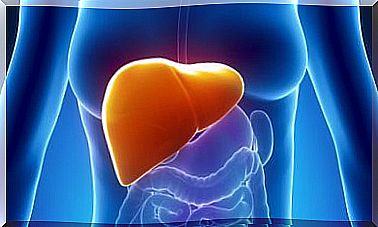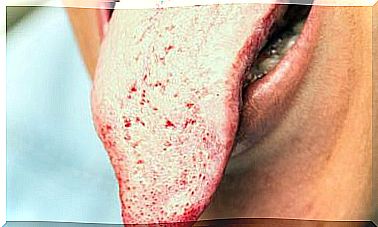Do You Know The Test To Know If You Have Yeast Infection?
Have you heard about the yeast infection test? Remember that candidiasis is an infection caused by candida, which is a type of fungus that lives on the skin, mouth, digestive tract and genital area. Its appearance in the blood, heart or brain are less common, but more serious than those of the other areas mentioned.
Severe yeast infections occur most often in people who are hospitalized and have weakened immune systems. The test detects and diagnoses a yeast infection or yeast infection. Different methods are used to do the test, depending on the location and symptoms.
Types of yeast infection
Symptoms vary depending on the part of the body that is infected. Candidiasis tends to appear in moist areas of the skin and mucous membranes. Although they vary from person to person, the symptoms of the most common types of yeast infection depending on their location are the following:
Skin folds
This includes athlete’s foot and diaper rash. Some of the symptoms are a bright red rash, usually with redness, skin ulcers, itching, burning, and pimples.
Vaginal yeast infection

It is the most common, almost 75% of women have at least one such infection in life. Some of the most common symptoms are:
- Itching and burning.
- White discharge that looks like cottage cheese.
- Pain when urinating
- Redness in the vaginal area.
Medications for the treatment of vaginal yeast infections do not need a prescription. For this reason, you may be tempted to self-medicate every time you feel vaginal itching, burning, stinging, or irritation.
It is possible that these symptoms are not caused by candidiasis, and you are wrongly self-medicating, the test to know if you have vaginal candidiasis serves to avoid it.
Oral
This type of yeast infection is called thrush and is most common in young children. However, in adults, its presence can be a sign of a weakened immune system. Its symptoms include pain and white patches on the tongue and the inside of the cheeks.
If it affects the corners of the mouth, they may be caused by thumb sucking, incorrectly sized dentures, or excessive lip licking.
Test to know if you have vaginal yeast infection

Currently, there is a test that allows you to know the cause of the discomfort you have. It is an analysis that, by inserting a small rod into the vagina, lets you know if you have vaginal yeast infection.
Once done, if the rod does not change color, it indicates that you have a vaginal yeast infection, that is, yeast infection. However, if the dipstick turns partially green, and you have abnormal vaginal discharge with an unpleasant odor or painful urination, you may have bacterial vaginosis.
If it were bacterial vaginosis, it is likely only due to an imbalance of the vaginal flora. If so, you have to recover it with a Lactobacillus supplement orally or lactic acid vaginally.
Frequently asked questions about the test to know if you have yeast infection
- What if I have my period? : e The result of the test is not valid if you do it a day before or a day after menstruation, or if there is still vaginal bleeding.
- What if I feel itchy or uncomfortable after a relationship? : it is recommended wait a minimum of 12 hours after having had sexual intercourse to take the test.
- How far do I have to introduce it? : you must insert it to the end of the rod, the spherical part is to hold the stick and should not enter the vagina.
- What if I am pregnant? : If you are pregnant and feel vaginal itching, go to the doctor. Interpretation of test results during pregnancy requires a professional. In case of pregnancy, the test may be indicating a loss of amniotic fluid.
- What do I do with the test when I finish using it? : You should not flush it down the toilet and prevent the tip from coming into contact with any surface.
Conclution
The test lets you know if you have yeast infections and apply the appropriate treatment. It also contributes to reducing self-medication errors when vaginal infections occur.









